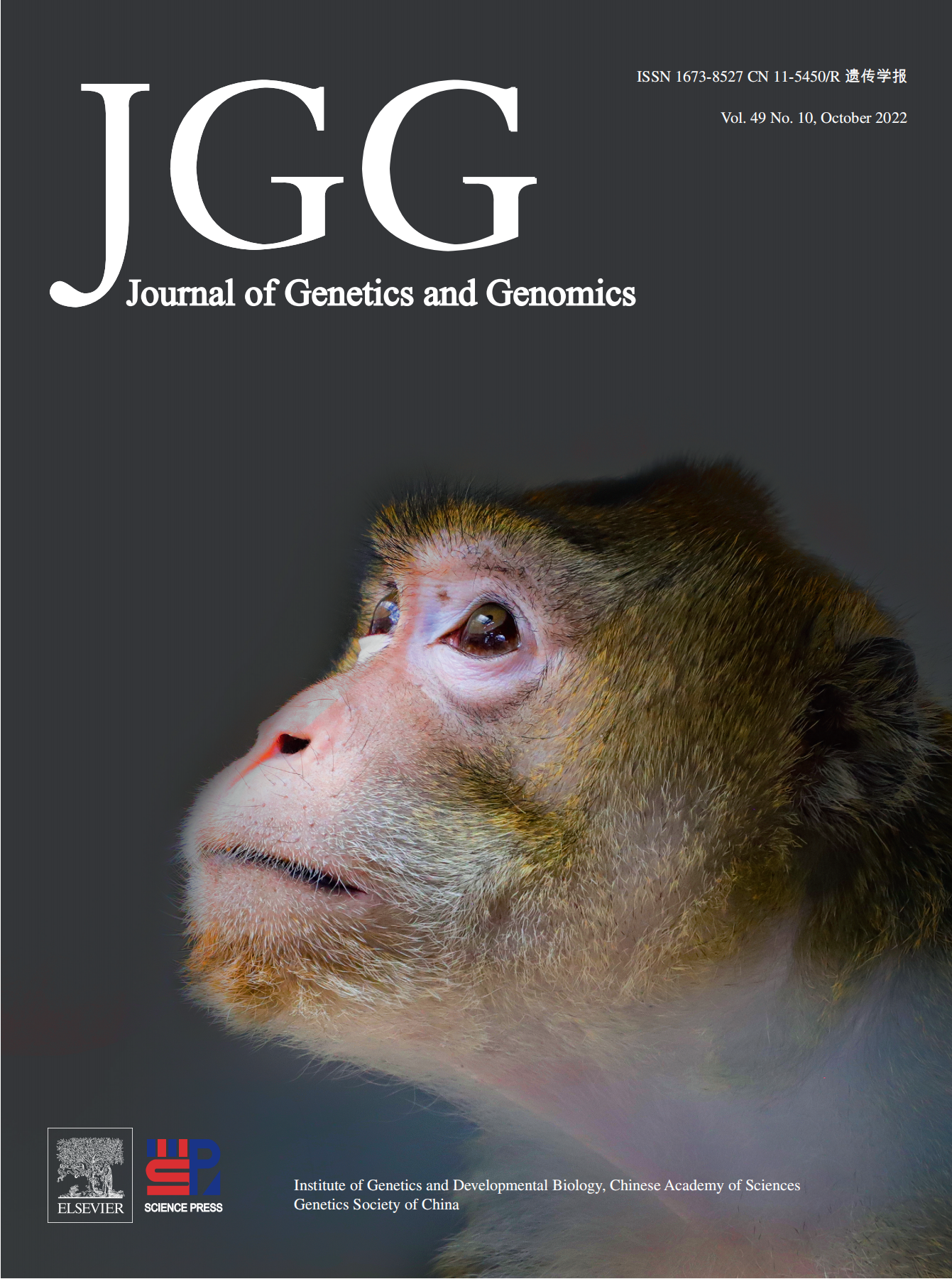2022, 49(10): 913-926.
doi: 10.1016/j.jgg.2022.06.002
Abstract:
Ferroptosis has emerged as a crucial regulated cell death involved in a variety of physiological processes or pathological diseases, such as tumor suppression. Though initially being found from anticancer drug screening and considered not essential as apoptosis for growth and development, numerous studies have demonstrated that ferroptosis is tightly regulated by key genetic pathways and/or genes, including several tumor suppressors and oncogenes. In this review, we introduce the basic concepts of ferroptosis, characterized by the features of non-apoptotic, iron-dependent, and overwhelmed accumulation of lipid peroxides, and the underlying regulated circuits are considered to be pro-ferroptotic pathways. Then, we discuss several established lipid peroxidation defending systems within cells, including SLC7A11/GPX4, FSP1/CoQ, GCH1/BH4, and mitochondria DHODH/CoQ, all of which serve as anti-ferroptotic pathways to prevent ferroptosis. Moreover, we provide a comprehensive summary of the genetic regulation of ferroptosis via targeting the above-mentioned pro-ferroptotic or anti-ferroptotic pathways. The regulation of pro- and anti-ferroptotic pathways gives rise to more specific responses to the tumor cells in a context-dependent manner, highlighting the unceasing study and deeper understanding of mechanistic regulation of ferroptosis for the purpose of applying ferroptosis induction in cancer therapy.







